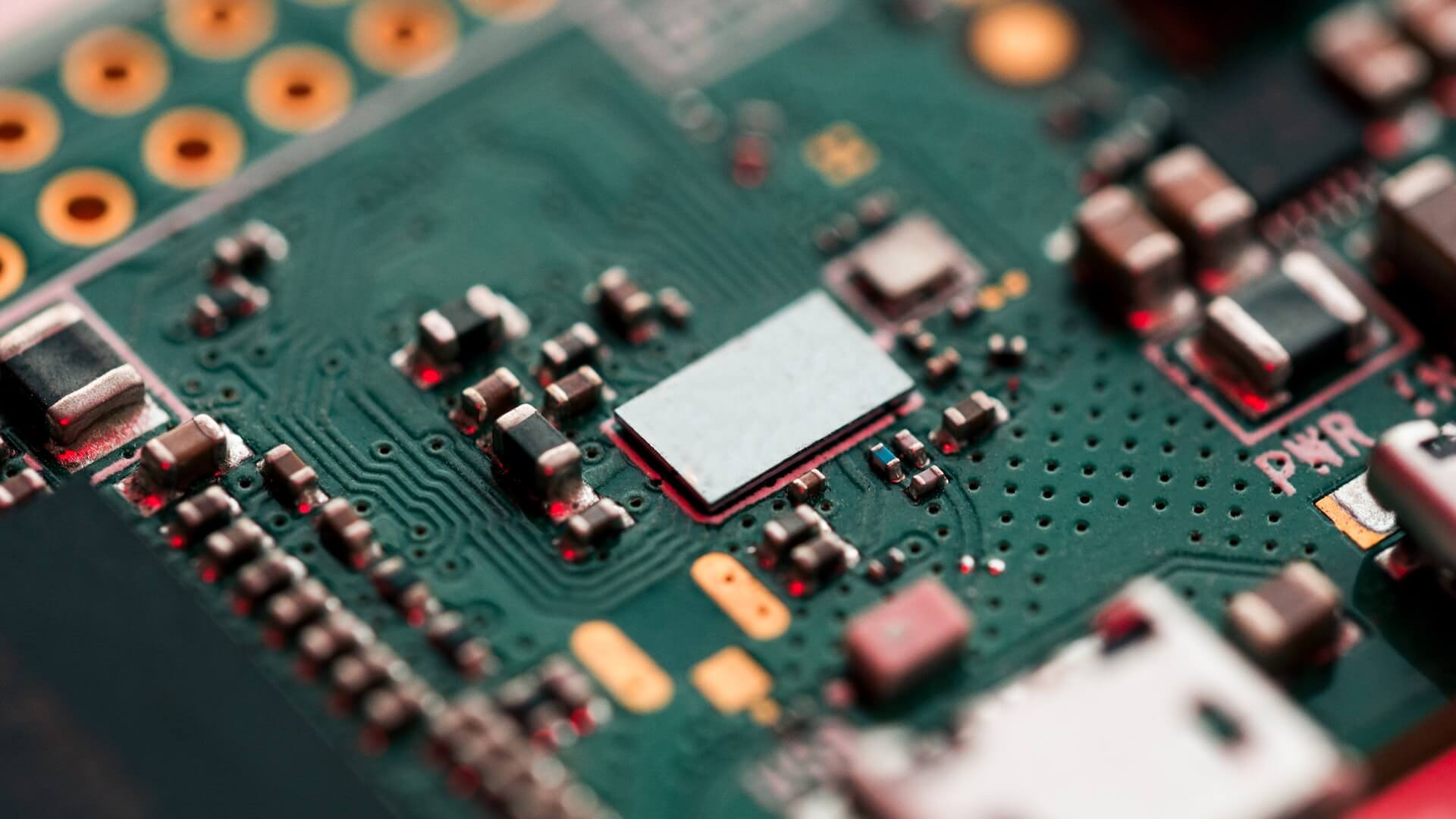Your Guests are Likely Ready for More Tech
by David Klemt

After the past few years of innovation and implementation in our industry, guests are probably ready to use even more technology.
Driven in large part by operator adaptation to ever-changing restrictions in 2020 and 2021, guest-facing tech is far more prevalent than ever. This is particularly true in the quick-service restaurant space.
Of course, tech has certainly become a crucial operational component in the full-service space as well. However, operators many FSR operators find themselves walking a fine between tech innovation and providing personalized service.
Restaurants Canada addresses QSR and FSR tech implementation in their 2022 Foodservice Facts report. Click here for your own copy of the report.
QSR vs FSR Implementation
One benefit of updating a given operation’s tech stack is automation. After all, more tasks handled automatically via tech solutions means a reduction in labor costs.
In theory, removing mundane tasks from front-of-house team members should equate to guests receiving more personalized service. Equally as impactful: Many guests would rather have more control over their visit in the names of convenience and speed.
A couple of examples are placing orders and paying via tablet or other table-side device. For some guests, this is more convenient than the traditional method.
As stated above, QSRs have been quick to embrace and implement tech innovations. And according to a Restaurants Canada survey, nearly three-quarters of QSR operators will wade deeper into tech waters within the next two years. Almost half—49 percent—of QSR survey respondents “probably will” increase their usage of technology by April 2024; a quarter “definitely will.”
On the FSR side, operators are a bit more cautious in their approach to their tech stacks. Of these survey respondents, 37 percent will probably adopt more tech within the next two years, while 15 percent say they “definitely will” do so.
Per Restaurants Canada, the three main concerns of operators relating to implementing more tech are:
- cost;
- guest acceptance; and
- people being able to relate to the equipment (which to me seems directly tied to guest acceptance).
However, FSR operators have also indicated another concern: the perception from guests that tech innovations are leading to a loss of personalized service. So, individual operators must decide not just what tech solutions to embrace but how they may impact the guest experience in negative ways.
Guest Expectations
When Restaurants Canada looked into tech in the restaurant space, they didn’t just focus on operators. The restaurant industry advocacy organization also surveyed consumers.
Perhaps unsurprisingly, the 18 to 34 age group appears to be the most eager to embrace new tech in restaurants. However, they’re not that far ahead of the 35 to 54 group. Interestingly, the 55-plus demographic is less tech-resistant in at least one area than one may assume.
Let’s take a look at Restaurant Canada’s survey results, broken down by tech solution.
- Order and pay via tablet at FSR: 18 to 34 (55%), 35 to 54 (54%), 55+ (41%)
- Place an order for food that’s prepared by automated method, either robots or other systems: 18 to 34 (27%), 35 to 54 (17%), 55+ (11%)
- Order food that’s delivered on-premises by an automated system or a robot: 18 to 34 (32%), 35 to 54 (28%), 55+ (18%)
- Place an order through a ghost or virtual kitchen: 18 to 34 (34%), 35 to 54 (26%), 55+ (13%)
- Order food that’s then delivered off-premises via robot or self-driving car: 18 to 34 (36%), 35 to 54 (29%), 55+ (19%)
Considerations
Looking at the above data, most guests are already comfortable placing orders and paying through a tablet. Interestingly, the age group people think of as most tech-averse seem to be open to the idea of robots preparing and delivering their orders.
The keys to implementing tech solutions are deceptively simple: initial costs, subscription costs, maintenance fees, ease of use by staff, and ease of use by guests.
With inflation driving costs up, operators are likely most concerned with what it will cost to add to or upgrade their tech stacks. However, there may be a significant reduction in labor costs that justifies the initial costs. Additionally, some solutions can be leased rather than purchased up front.
But the comfort levels of guests must also receive careful consideration. If a solution is going to alienate or drive away a significant portion of guests, it’s likely not worth the time and cost of implementing it.
Your guests likely want more tech in your restaurant, but it has to be the right tech. Solutions need to deliver convenience and speed without failing to deliver on hospitality.
Image: Harrison Broadbent on Unsplash
